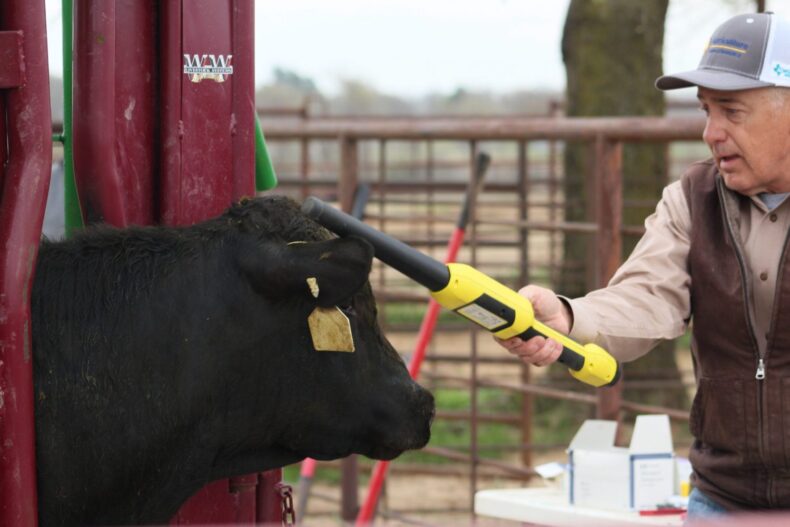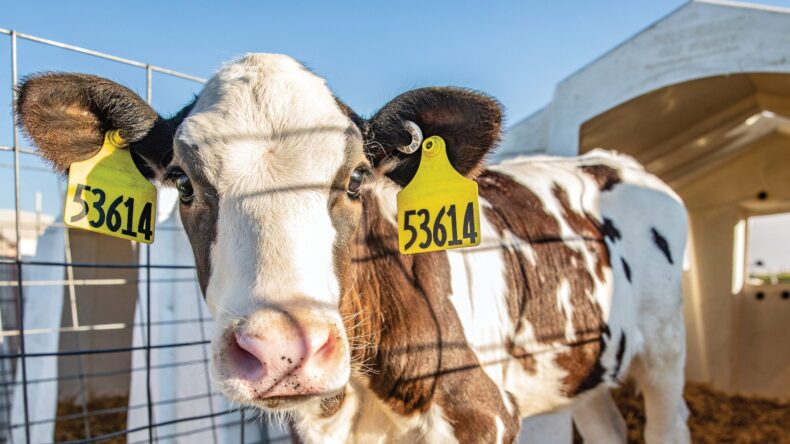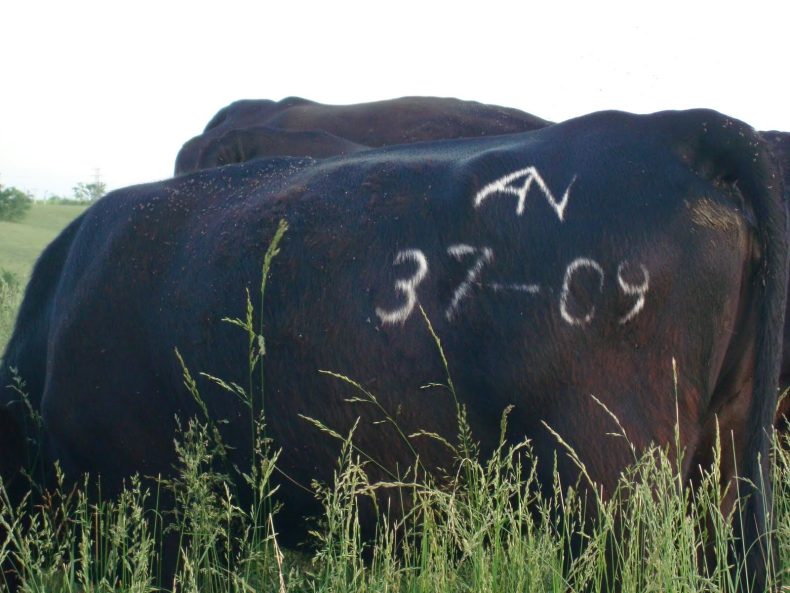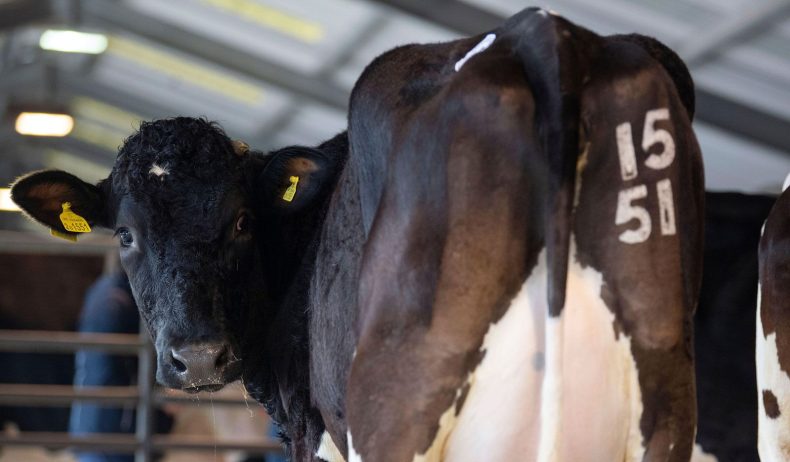
In today’s digital age, the livestock industry faces unique challenges when it comes to branding and tracking their animals. From government regulations to consumer demands, understanding how to properly tag and track your bovines is essential for any successful operation.
In this article, we will explore the world of cattle tagging, including best practices in selecting tags, how technology has changed the process significantly over the last few decades, and tips on making sure you are keeping up with ever-changing standards. Get ready to take a deep dive into the world of branding bovines!
Understanding the Basics of Livestock Tagging

Source: merck-animal-health-usa.com
Understanding the basics of livestock tagging begins with understanding why it is so important. Livestock tagging not only provides essential information on an animal’s history but also helps to keep animals safe and healthy by providing reliable tracking data for owners in case their herds become separated or stolen.
When selecting tags for each species involved – such as cattle, sheep, goats, or hogs – factors such as size and shape must be taken into consideration.
Once chosen, tags must be properly affixed to the animal’s ear to prevent infection and other complications associated with incorrect placement.
With technology advancing rapidly over the last few decades, handheld scanners can now quickly read RFID chips embedded within these tags which allow owners access to up-to-date records about their animals without ever having to physically check individual tags manually.
While there may be some initial setup required before beginning livestock tagging procedures – including familiarizing oneself with appropriate regulations – once these steps are completed correctly it becomes much easier going forward!
Advantages of Branding Bovines
Branding bovines offers many advantages for livestock owners. It is a low-cost, easy-to-use method of tagging and tracking animals efficiently and accurately. Branding helps identify individual animals, leading to improved animal health and welfare through better record-keeping of medical treatments, vaccinations, feed consumption, and other important data points.
Additionally, branding can help reduce the risk of theft by allowing owners to quickly identify their cattle from others, enabling them to swiftly take action or be compensated if an animal goes missing. Furthermore, it serves as a visual reminder that the animal belongs to someone else when seen on grazing land or in public areas – reducing conflicts between producers.
Finally, with increased visibility comes greater marketability for breeders who want their herd recognized for its quality traits which can lead to higher sale prices at auctions or sales yards. With these benefits in mind, it’s clear why branding bovines has become such a popular choice among ranchers today!

Source: borntopharm.blogspot.com
Implementing a Successful Branded Livestock Identification Program
The key to implementing a successful branded livestock identification program is to create an efficient system that meets the needs of both the producer and buyer. This includes deciding on a brand design, proper tag application, and registration into databases.
Furthermore, producers need to stay up-to-date with industry standards or government regulations related to tagging systems to ensure their animals are accurately identified.
Finally, regular maintenance should be conducted including periodic inspections of tags/brands applied; replacement tags/brands when needed; updating records with new information; and providing necessary training for those applying tags/brands correctly every time!
With careful attention paid to these steps, owners can have confidence knowing their herds are properly tagged and tracked – leading them one step closer to success in today’s digital age!
Conclusion

Source: britannica.com
Overall, branding bovines is an essential part of keeping track of and managing livestock. From ear tags to tattoos, brands are used to identify animals as well as provide information about the owner or veterinarian who treated them. Livestock tagging technologies have also advanced with RFID chips that store more data than a traditional cow tag and are easier to maintain. By understanding the various methods used for livestock identification, ranchers can choose the best option when it comes to their herds.




